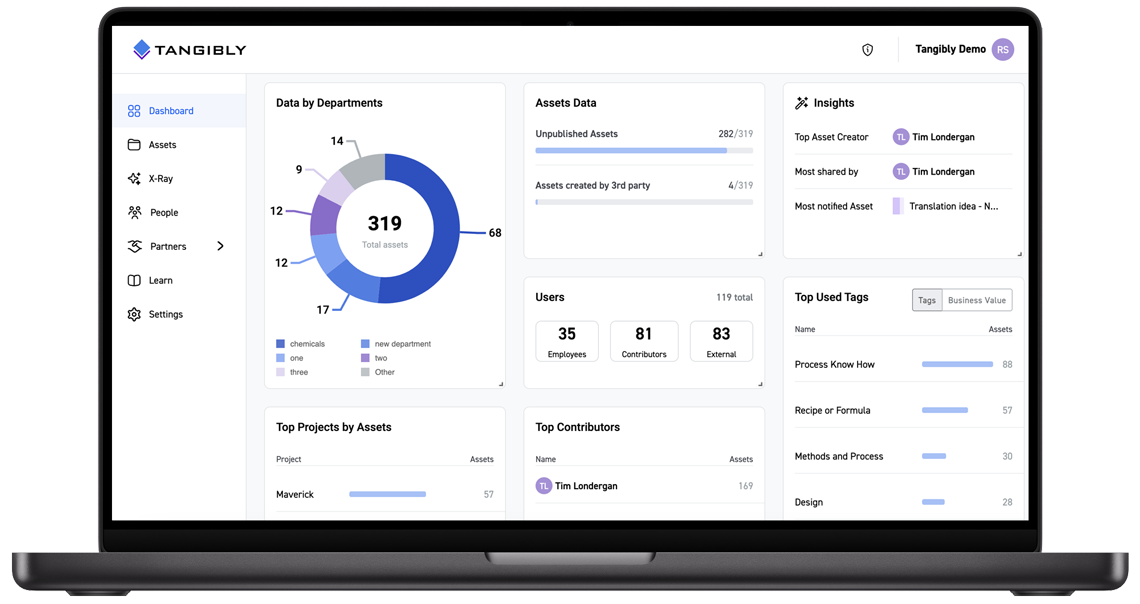The first US patent was awarded in 1790 fora method to produce potash, which was America’s first industrial chemical. The US Patent Office was created in 1802. The country and society as a whole havebeen served well by a legal framework around which investment can be made intoinnovations, those innovations have legal ownership, and the ramifications oftheft are clear. Then and to this day, patents serve the purpose of protectinginnovations that are easily duplicated.
Fast forward a couple centuries to 2010 and the US Supreme Court case of Bilski v Kapos , which began a slippery downward slope for software patents. Bilski was followed up in 2014 with Alice Corp. v CLS Bank International , which has made it easier for a defendant to invalidate a software patent. Interestingly, in both cases, software was never mentioned per se. But seven years on and hundreds of cases applying Alice, the results are clear: patenting innovations in software is tenuous
What many companies have been faced with in the meantime is a dramatic shift in the pace of innovation. Algorithms, user interfaces and experiences, and computing architecture are in a constant state of improvement. Artificial intelligence and machine learning are further accelerating an already fast-moving landscape.
Compare all of that against the pace at which the patent system operates. Think glacial. Although there are tricks and expensive ways to speed up the process, an average patent takes four years to make it from application to issued patent. Technology is long antiquated in that timeframe.
Why then do technology companies like Google, Facebook and Microsoft bother filing patents at all? Or being first in line to buy patent assets from a former high flier like RIM, AOL, Kodak and Motorola? Or invest in patent funds like Intellectual Ventures? Or have automated patent buying machines like AST?
Patents, on average, have become a strategic asset much in the same way as free gourmet food or a fancy new campus or extra paid leave. It’s a way to remain competitive. But unlike a free lunch, patent portfolios of leading companies are like a big heavy hammer always at the ready to assert against your competition as a means of slowing them down, getting in the way of a new product launch, or as a reaction to them threatening your margin.
An average patent filed in a single country has a lifetime cost of $100,000 on the low-end, so with any amount of global coverage the cost will approach a million dollars. And this is just the beginning because an issued patent is simply a right to show up in court and defend it, at an additional cost of course.
An issued patent does not give you the freedom to operate nor is it an indication of the validity of the patent. It is simply the patent office’s indication that the idea has passed a novelty threshold. If you find yourself needing to litigate your patent, the conventional wisdom is that it now requires a $5M war chest. There’s no surprise that litigation finance is now a growing category within corporate finance.
Patents are certainly here to stay, but for large technology companies they are no longer about innovation – they are about keeping your competition at bay. Can you find the algorithm that drives the sensational viewer metrics on TikTok in a patent? Or the details of Google’s page ranking algorithm? Or the load shifting technology that drives unfathomable scalability in AWS? Or the actuarial models of any number of insurance companies? Not a chance! Real innovations in technology are kept as trade secrets.
Since the US DTSA legislation in 2016, trade secrets are a much more viable protection mechanism for technology innovations. DTSA enables companies to efficiently bring a trade secret case in federal court, a welcome advantage over state court litigations, with their myriad and often inconsistent permutations in local law. Trade secret cases are up 40% since 2016 and the size of judgements are growing.
Unlike the patent and trademark systems which require assets be registered with the government, which thus serves as a custodian of sorts, companies are left to their own devices in managing their trade secrets. While the laws around trade secrets are clear and there is plenty of precedent around how courts interpret those laws, courts are becoming more demanding in terms of proof that trade secrets are adequately documented.
Most trade secret cases end up hinging on a few key areas. First is the question of whether the company has taken reasonable measures to ensure confidentiality. There are many nuances to this requirement, and it is an area of significant vulnerability in court. The second area is awareness and communication. The argument of ‘I had no idea it was a trade secret’ is alive and well and is an editorial on how poorly companies are doing at managing their assets. Finally, contracts that have been poorly managed – like NDAs and employment agreements – remain fodder for opposing counsel.
The time has come for a system to manage trade secrets. That is what we’ve built at Tangibly.
